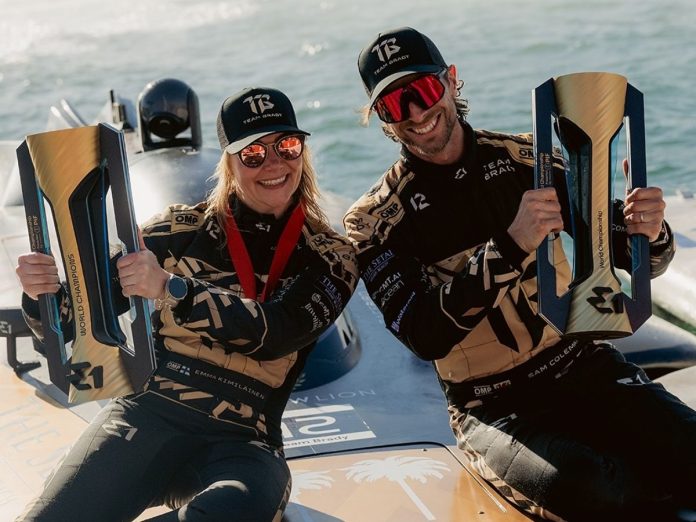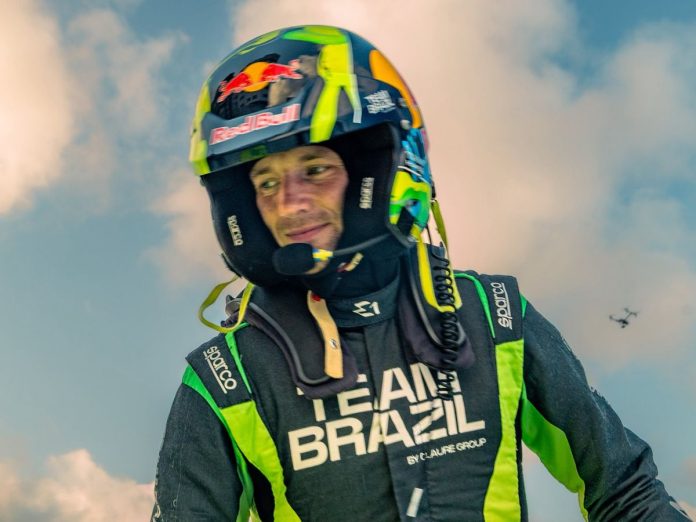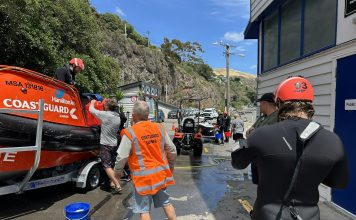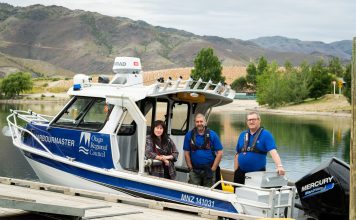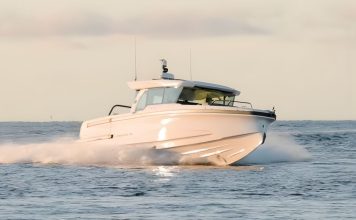There’s been plenty of talk lately about how boating’s evolving, and we’ve been keeping a close eye on the UIM E1 World Championship—the first electric offshore powerboat series. It’s especially caught our attention now that New Zealand’s Micah Wilkinson has joined Team Drogba, led by ex-footballer Didier Drogba. Always good to see a Kiwi in the mix.
But the appeal of E1 goes beyond the local angle. Powerboating has long been tied to high-speed noise, spray, and fuel-hungry engines. That image is starting to shift. Like other areas of motorsport, electric tech is pushing into the scene and starting to challenge the status quo.
That shift was front and centre earlier this year at the Union Internationale Motonautique (UIM) annual awards in Monaco. Amid the usual honours handed to offshore, circuit, and aquabike champions, the spotlight landed heavily on E1. Finland’s Emma Kimiläinen and Britain’s Sam Coleman—Team Brady’s drivers—were recognised as the inaugural E1 champions. Team Brady, owned by retired American football quarterback Tom Brady, took top honours in this debut season. Kimiläinen and Coleman raced as a mixed-gender duo, alternating at the helm of the same boat—a format that’s hard-coded into E1’s rulebook.
E1 is built around a pretty unique format. Every team is made up of one male and one female driver, both racing the same boat in turn. That means equal machinery, equal conditions, and a focus purely on performance. In a sport that hasn’t exactly been known for change, that’s a significant shift, and something other team-based watersports could learn from.
Then there’s the boat: the RaceBird. It’s a one-design hydrofoiler powered entirely by electric motors. Once up to speed, the hull lifts out of the water, reducing drag and eliminating wake. It’s quiet, and clean.
There’s no roar of combustion engines and no trail of fumes—just the whine of electric power and the sight of foils cutting through water. Whether that’s a selling point or a turnoff depends on where you’re standing, but it’s definitely different.
UIM President Raffaele Chiulli made the point at the awards that E1 is part of a bigger picture—reducing emissions on the water, trying out new tech, and doing it all in a way that makes the sport more accessible and relevant. There’s a growing awareness across all forms of motorsport that sustainability has to be part of the future, and E1 is the UIM’s way of tackling that on the water.
The idea for E1 came from Alejandro Agag, who’s also behind Formula E (electric cars) and Extreme E (electric off-road racing). He’s now launching a hydrogen-powered racing series called Extreme H. So, he’s clearly looking to see how motorsport, whether on land or on the water, can adapt and still stay exciting while reducing its footprint.
Agag’s work in electric racing has drawn attention outside the sporting world too—he’s currently shortlisted in the Reuters Global Energy Transition Awards in a category that recognises people helping drive the shift to cleaner energy. It’s not just about racing for him; it’s about showing what the technology can do, and how it might feed into wider transport solutions over time.
Back at the UIM ceremony, other big names in traditional powerboat disciplines were also recognised, but it was clear that E1 had grabbed a lot of the interest. With its city-centre courses, quieter boats, and quick race formats, it’s a very different experience. Fans can watch from the shore without needing ear protection. And the teams are built around equal participation, with both drivers racing the same machinery, which is a rare thing in motorsport.
The racing’s still competitive. These boats are fast—able to hit over 50 knots on a good day—and the close quarters of the short courses mean mistakes are costly. But there’s a sense that this isn’t just racing for the sake of it. It’s a testing ground for what cleaner marine technology might look like in real-world applications, too.
It’s early days, sure. But E1 has already staked out its identity. Whether it’s the electric drive, the mixed teams, or the futuristic approach, it’s not trying to replicate the past—it’s defining its own lane.













